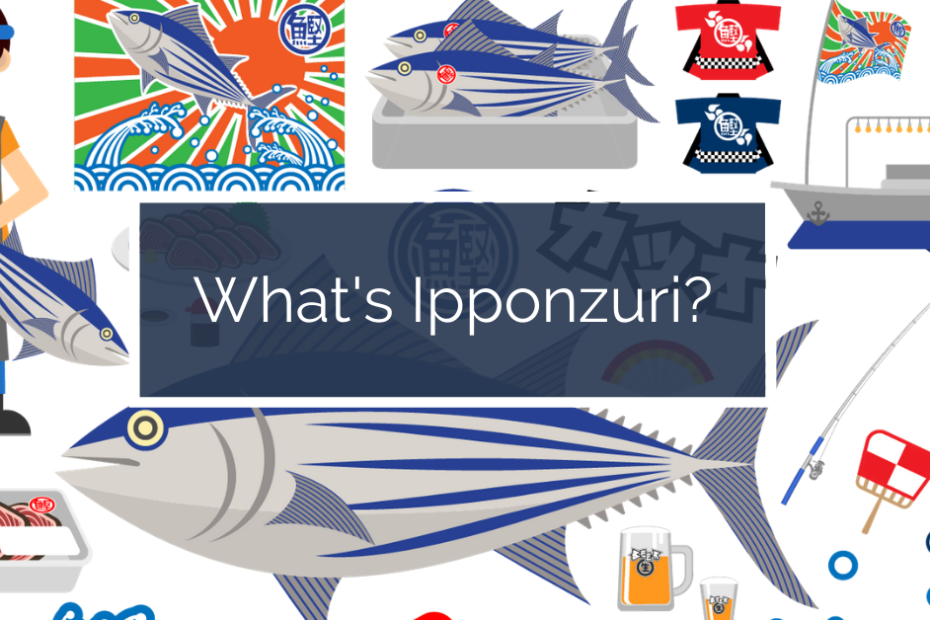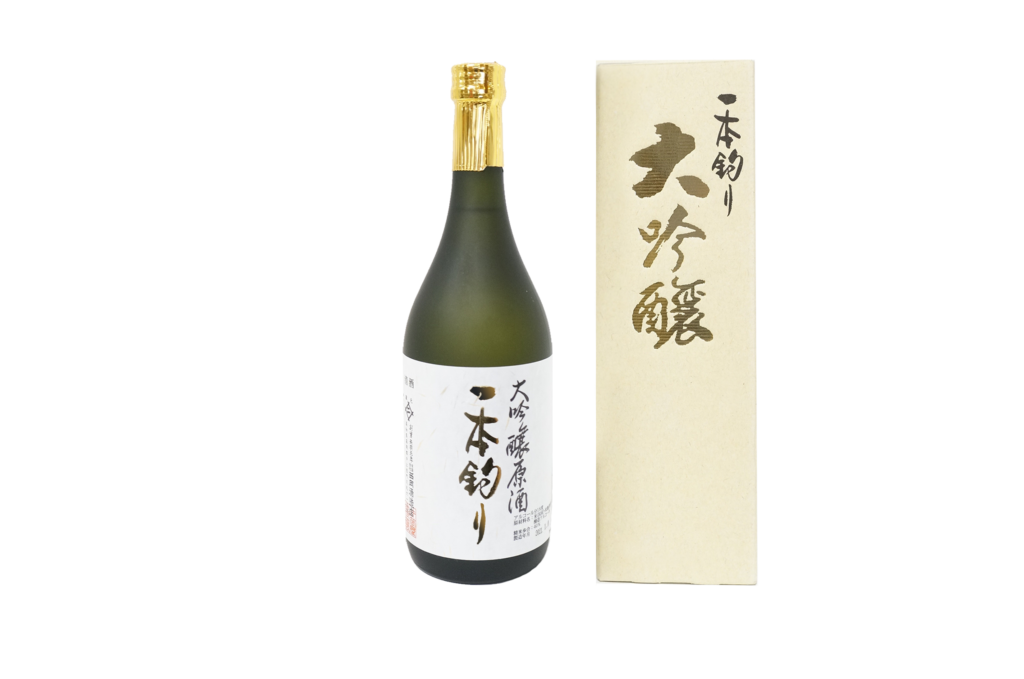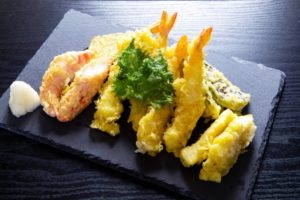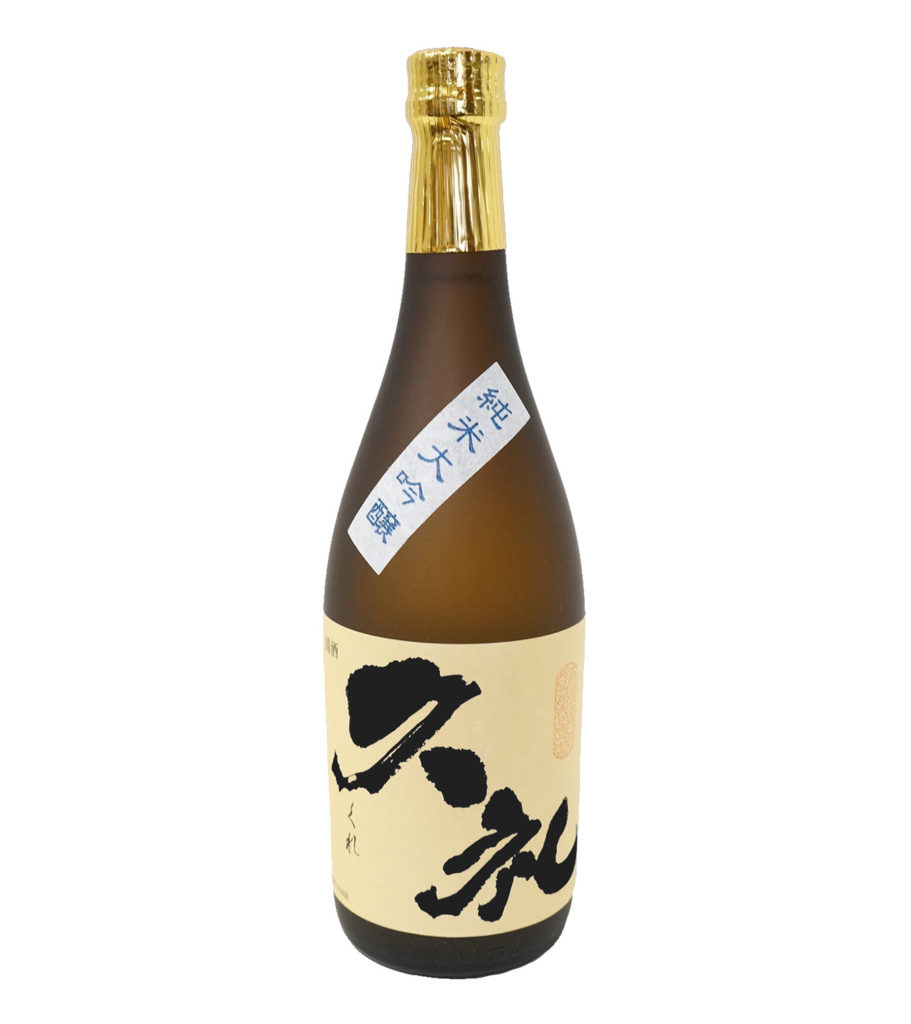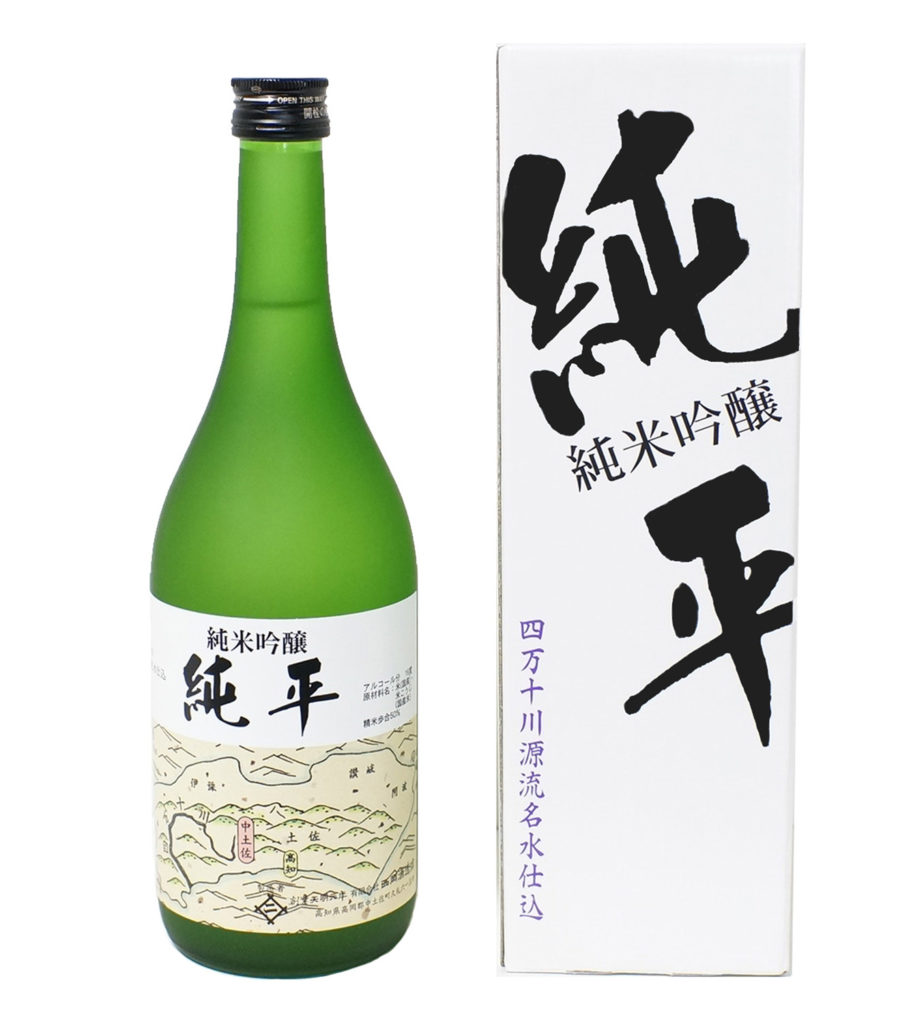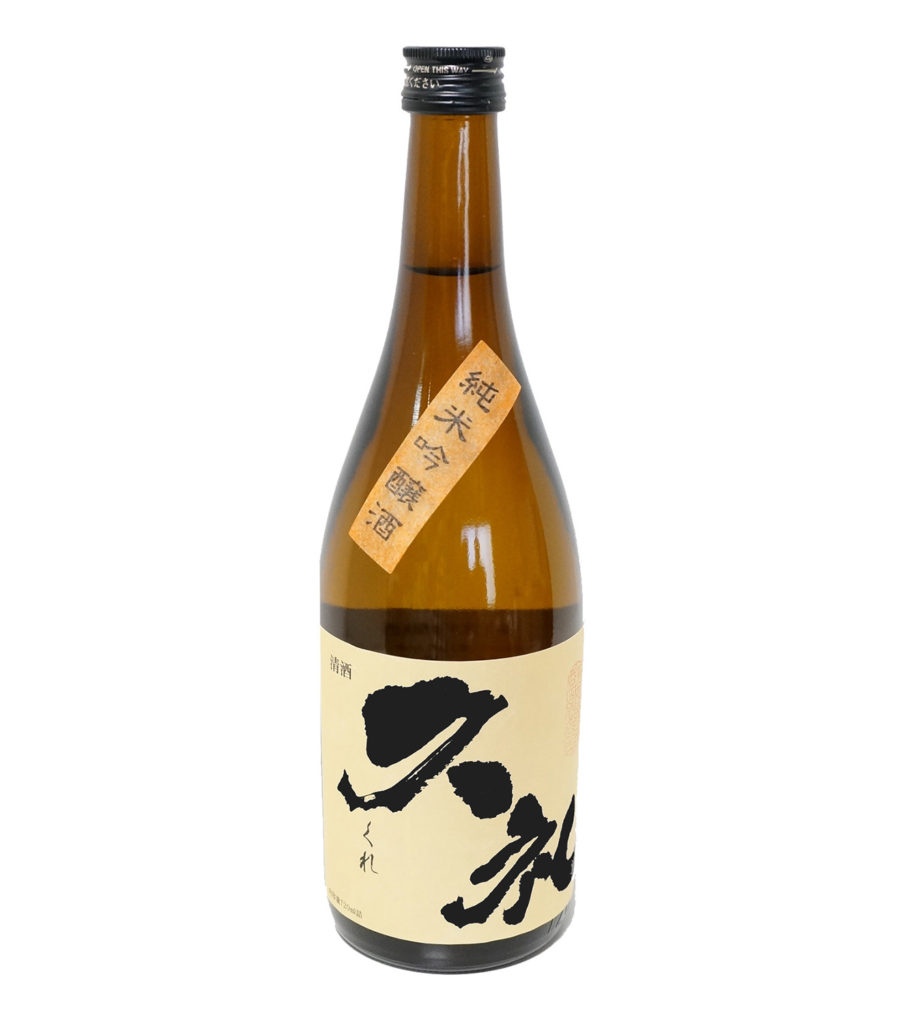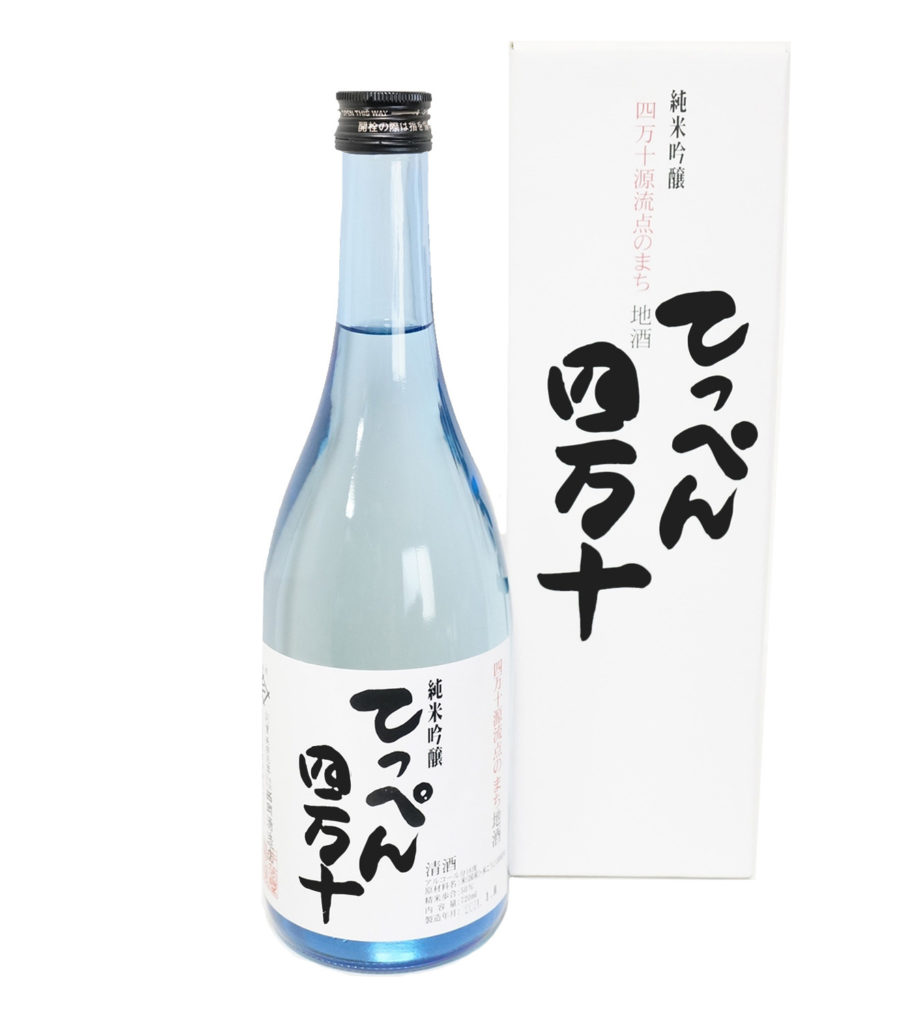One of our most prestigious sake is Ipponzuri Daiginjo, but where does this name come from?
What’s Ipponzuri?
Ipponzuri means single-line fishing and is a traditional technique that the fishermen in Japan catch the fishes in Kochi. It is a unique method and a sustainable way to catch katsuo fishes using a combination of a rod and line, and a basic sonar. By using this fishing method, it minimizes the damage to the flesh, so the fish will become even more delicious. Ippon-zuri technique demands years of experience in intuition and skillful technique to catch the fish one at a time.
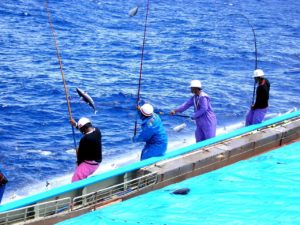 Fishermen catching skipjack tuna (bonito)
Fishermen catching skipjack tuna (bonito)
If you ever visit Kochi, you must try Katsuo no tataki (broiled bonito), Kochi’s most famous dish using the ippon-zuri fishing technique.
The bonito is lightly broiled over a straw fire until the outer layer is grilled a little bit, which is called warayaki.
The short and intense fire creates a soft burn crisp outside where the fat is located. It is served with chopped spring onions, ginger, garlic, and seasoned with salt.
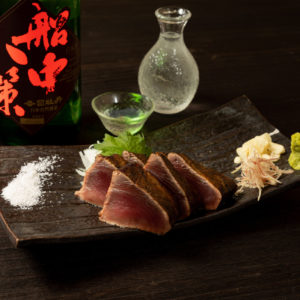 Katsuo no tataki with Senchu Hassaku’s sake
Katsuo no tataki with Senchu Hassaku’s sake
Nishioka brewery’s story
One of Japan’s most prestigious sake production regions is Kochi Prefecture, in southern Japan and we can find Nishioka’s sake brewery and shop in Nakatosa town.
It was founded in 1781 and is the oldest brewery in the region. With its 240 years of history, Nishioka’s master brewers are making different variety of sake with the water of Shimanto river.
The brewery and shop have an exhibition gallery where they expose all their sakes and tools.
They also display a manga called Tosa no Ipponzuri where the artist took inspiration from that town.
An Award-winning National New Sake: Ipponzuri Daiginjo
Ipponzuri Daiginjo won the gold medal at the National New Sake Award for two consecutive years (2013 and 2014).
It is using the world-famous Yamada Nishiki rice (polished to 40%) suitable for making high-end sake and the water from Shimanto river, which is said to be the last clear stream water in Japan.
The moromi (“mash”) is prepared with the best Yamada Nishiki rice and is slowly fermented at low temperatures in a sake bag where it is carefully squeezed using a technique called fukuro tsuri (“bag hanging”). This traditional method helps to deliver a rich aroma in the sake and gives it an exquisite flavor.
Ipponzuri Daiginjo is considered a luxurious sake and only produced in limited quantity each year.
Don’t miss out our limited-time offer of 20% off with the coupon code: THENIHONSHU20 (use it at check out)
How to store it
Ipponzuri is best served cold, and after opening, it is better to drink it quickly, typically within the first three days, but one week is fine too.
Please keep this daiginjo refrigerated even if it’s not opened yet.
It is best drunk within 2 years from the production date, stored in the refrigerator although it doesn’t have an expiry date.
Food pairing
Apart from katsuo no tataki, and in general for Daiginjo sake, try to avoid saucy oily dishes.
They are of course best-paired with sushi and sashimi but it also goes well with Chinese-style steamed fish and other mild fish dishes where the flavor will not overpower the daiginjo.
Tempura will also match perfectly for this sake!
Details
- Name: Ipponzuri
- Variety: Daiginjo
- Brewery: Nishioka
- Location: Japan, Kochi
- Type: Sake
- Rice: Yamada Nishiki
- Rice polishing rate: 40%
- Sake degree: +5
- Alcohol by volume: 17-18 degrees
- Bottle size: 720ml
OTHER RECOMMENDATIONS
The Nihonshu team
Drinking too much alcohol can harm your health. Please drink responsibly.
